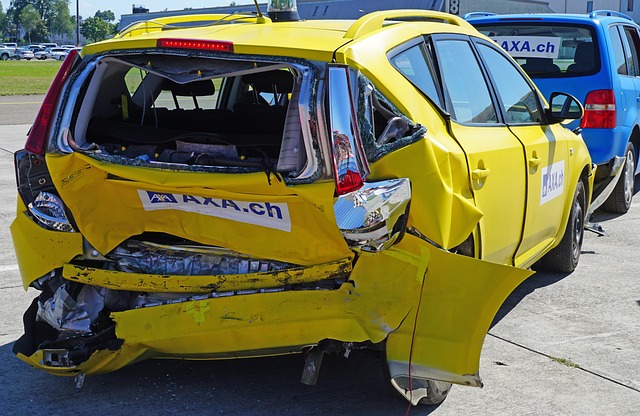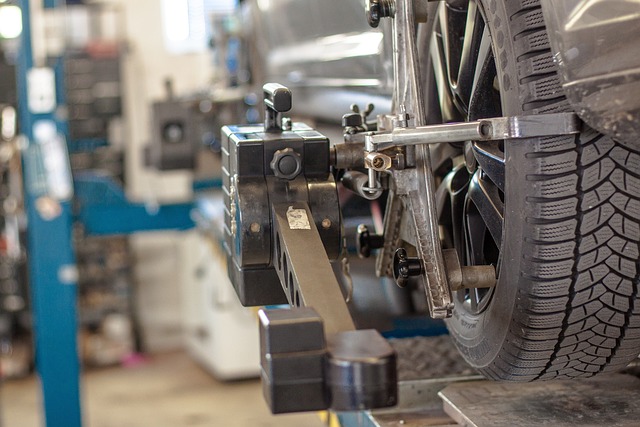Full Coverage Auto Insurance offers complete protection for vehicles and drivers, covering accidents, theft, natural disasters, and less common events. It includes collision and comprehensive coverage, with deductibles influencing out-of-pocket expenses. This type of insurance is essential for new cars, high-value items, or drivers in risky areas, providing peace of mind and financial security against unexpected costs. Ideal policies cater to individual needs, balancing protection with budget, and include perks like rental car reimbursement and roadside assistance.
“Unraveling the complexities of Full Coverage Auto Insurance: Your Comprehensive Protection. This comprehensive guide aims to shed light on what full coverage truly means for your vehicle. We’ll explore the extensive range of damages and events it covers, from accidents to natural disasters. Understand the role of deductibles in shaping your policy costs. Compare it with other car insurance types and discover its unique advantages and disadvantages. Learn who benefits from this type of coverage and how to choose the ideal plan.”
Understanding Full Coverage Auto Insurance: What It Covers

Full Coverage Auto Insurance Explained
Full coverage auto insurance is a comprehensive protection plan that goes beyond the basic liability requirements. It includes not just bodily injury and property damage liability, but also covers your vehicle in various other scenarios. This type of insurance is designed to protect you from significant financial losses in case of accidents or thefts. Key components of full coverage typically include collision coverage, which pays for repairs to your car if it’s damaged in an accident, and comprehensive coverage, which covers damages from events like natural disasters, theft, or vandalism.
Understanding these coverages is crucial when deciding on auto insurance. Collision coverage can be especially valuable if you drive an older vehicle with high replacement costs or if you frequently drive in areas prone to accidents. Comprehensive coverage, while often overlooked, can protect against unexpected and costly events such as hail damage, animal strikes, or even falling objects. Having full coverage ensures that these incidents won’t leave a significant dent in your savings.
Types of Damage and Events Included in Full Coverage

Full coverage auto insurance is designed to protect drivers from a wide range of potential risks and damages, providing comprehensive protection for their vehicles. This type of insurance covers not only traditional incidents like accidents and theft but also includes protection against less common events that could still result in significant financial loss.
The specific types of damage and events included can vary by insurer, but generally, full coverage auto insurance will protect against damage caused by fire, vandalism, flooding, and even natural disasters like storms or earthquakes. It also covers comprehensive claims, which include damages from animal-related incidents, falling objects, and glass breakage. This level of coverage offers peace of mind, ensuring that drivers are protected in various scenarios that could leave their vehicles damaged or totaled.
The Role of Deductibles in Full Coverage Policies

Full Coverage Auto Insurance Explained: The Role of Deductibles
In full coverage auto insurance, deductibles play a crucial role in determining the out-of-pocket expenses policyholders must bear when filing a claim. A deductible is the amount you agree to pay for repairs or losses before your insurance kicks in. This means if you have a $500 deductible and your car suffers damages worth $2,000, you’ll be responsible for paying the first $500 out of pocket while your insurance covers the remaining $1,500. Lower deductibles offer more financial protection but can lead to higher premiums, whereas higher deductibles typically come with lower monthly payments.
Choosing the right deductible balance depends on individual preferences and financial circumstances. A higher deductible could be beneficial for drivers who own older cars or those with good driving records, as it reduces insurance costs. Conversely, younger or risk-prone drivers might prefer a lower deductible to ensure they’re not burdened with significant out-of-pocket expenses in case of an accident. Understanding deductibles is essential when navigating full coverage auto insurance options to make informed decisions that align with personal needs and budgets.
Comparison with Other Types of Car Insurance

Full Coverage Auto Insurance Explained: Navigating Protection Options
When it comes to car insurance, understanding the differences between types is crucial for making informed decisions. Full Coverage Auto Insurance stands out as a comprehensive option designed to protect policyholders from various financial burdens associated with vehicle ownership. Unlike standard liability coverage that primarily shields against claims from third-party damages and injuries, full coverage encompasses a broader spectrum of protection. This includes collision insurance, which pays for repairs or replacement in case of accidents, regardless of fault.
In contrast to other types like liability-only or collision-only policies, full coverage offers peace of mind by covering additional risks such as theft, vandalism, and natural disasters. This holistic approach ensures that drivers are not left with substantial out-of-pocket expenses in the event of unforeseen circumstances. By understanding these distinctions, individuals can tailor their insurance choices to align with their specific needs and financial comfort levels.
Advantages and Disadvantages of Full Coverage Insurance

Full Coverage Auto Insurance Explained offers comprehensive protection for vehicles, providing peace of mind behind the wheel. One of its primary advantages is financial security; this type of insurance covers not only collision damage but also theft, vandalism, and natural disasters. It ensures that drivers are protected against unexpected events that could deplete their savings or leave them with substantial out-of-pocket expenses for repairs or a new vehicle.
However, there are disadvantages to consider. Full Coverage Auto Insurance Explained often comes with higher premiums compared to minimal liability insurance plans. This is because the broader coverage requires insurers to pay out more in claims, which they recoup through policyholder premiums. Additionally, while full coverage provides extensive protection, it may not always be necessary for all drivers, especially those with older vehicles or minimal financial assets, as the benefits could outweigh the costs for them.
Who Needs Full Coverage Auto Insurance?

Everyone who owns a car should consider full coverage auto insurance, but certain situations make it an absolute necessity. This type of policy protects drivers against a wide range of potential risks, from accidents and theft to natural disasters and vandalism. If you have a new or valuable vehicle, carry high-value personal property in your car, or live in an area with a high risk of specific hazards (like flood zones), full coverage insurance provides the comprehensive protection you need.
Full Coverage Auto Insurance Explained includes liability coverage, which protects against damages caused to others in an accident, and collision coverage, which pays for repairs to your own vehicle. It also typically includes comprehensive coverage, which covers damage from events like theft, vandalism, or natural disasters that aren’t related to accidents. While the cost of full coverage insurance is higher than a basic policy, the peace of mind it offers is invaluable, ensuring you’re protected financially in unforeseen circumstances.
How to Choose the Right Full Coverage Plan for You

When considering a full coverage auto insurance plan, understanding your needs is crucial. Full coverage isn’t one-size-fits-all; it’s tailored to your driving lifestyle and risk profile. Start by assessing your current situation and future goals. If you’re a young driver with a limited driving history, a basic full coverage plan might suffice, focusing on liability and collision protection. However, if you own an expensive vehicle or frequently drive in areas with high accident rates, you may require a more comprehensive policy that includes additional coverages like rental car reimbursement and roadside assistance.
Research different insurance providers and compare their offerings to find the best fit. Look beyond price tags; consider the range of services and deductibles they offer. Check if they provide options for bundle discounts with other policies or safety features that can earn you lower rates. Remember, the right full coverage auto insurance should offer peace of mind, ensuring you’re protected financially in case of accidents or vehicle damage while aligning with your specific circumstances and preferences.
Frequently Asked Questions About Full Coverage Insurance

Frequently Asked Questions About Full Coverage Auto Insurance
What is full coverage auto insurance? In simple terms, it’s a type of car insurance policy that provides comprehensive protection for your vehicle and driver. This includes not just liability coverage, which pays for damages to others if you’re at fault in an accident, but also collision, comprehensive, and sometimes even roadside assistance. It’s designed to offer peace of mind by ensuring that most unexpected costs related to vehicle ownership are covered.
Why do people choose full coverage? Many opt for this kind of insurance because it protects them from a wide range of potential losses. Collision coverage pays for repairs if your car is damaged in an accident, while comprehensive covers damages from events like theft, vandalism, or natural disasters. Full coverage isn’t mandatory everywhere, but it’s often recommended for drivers who value having a safety net against unforeseen vehicle-related expenses.
